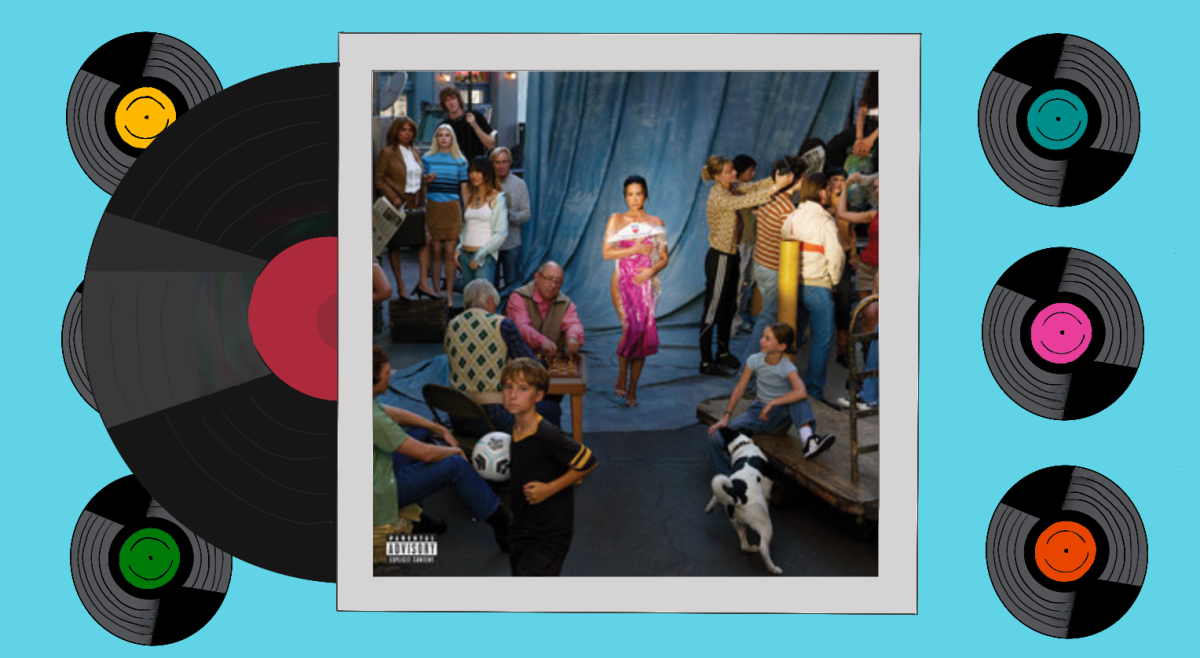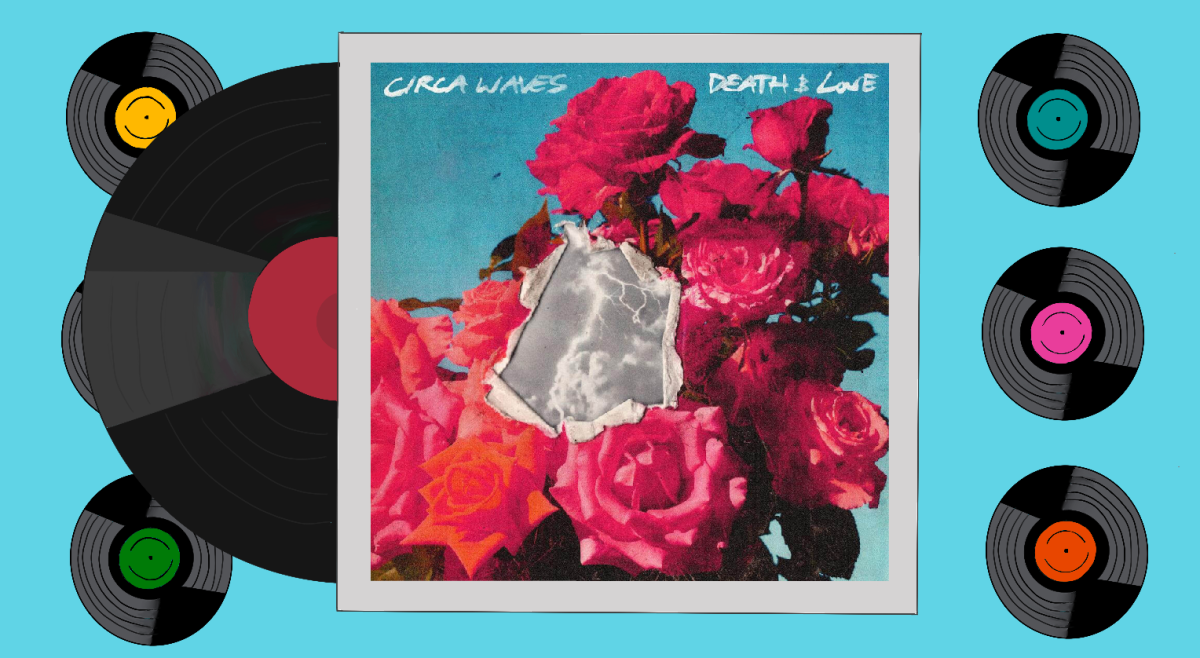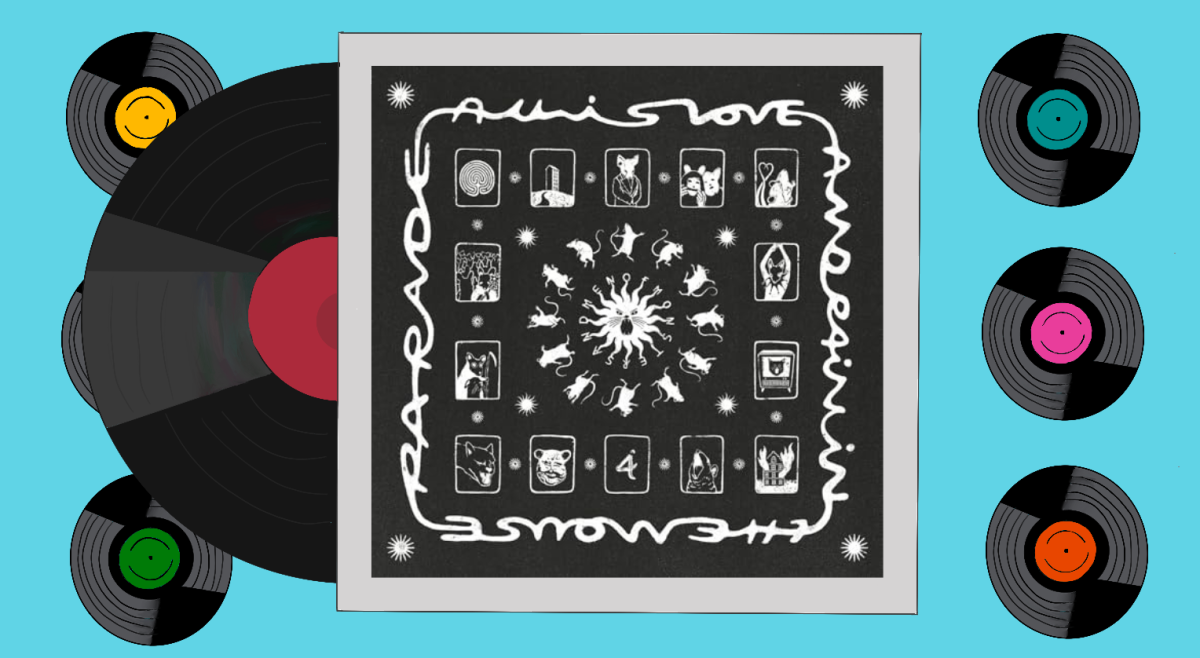Back in the ‘90s, The Smashing Pumpkins made a domineering statement of presence in the alt-rock scene with the now classic album Mellon Collie and the Infinite Sadness (1995). The ambitious LP was more than two hours in length, containing 28 tracks over two CDs. Since then, the on-again-off-again group has sporadically re-emerged from inactivity, albeit not at the same level of prestige and with a varying level of band composition. Today, the only original member is frontman and creative lead Billy Corgan.
Monuments to an Elegy—the first of two new “Smashing Pumpkins” (whatever that even means anymore) albums recently announced by Corgan—represents the next chapter for this Smashing Pumpkins entity. However ill-defined their membership may be, Corgan and The Smashing Pumpkins somehow manage to achieve stylistic continuity on Monuments to an Elegy. The album fits in with the band’s traditional sound, even if the fit isn’t entirely comfortable, and even if it comes at the expense of ambition.
In terms of scope, Monuments to an Elegy is no Mellon Collie and the Infinite Sadness. With nine songs coming in at just over a half an hour in length, the album goes by quickly and doesn’t have the space to be as ambitious as the band’s previous albums, which have often been concept albums or bigger projects. That being said, one listen will quickly affirm The Smashing Pumpkins sound.
The opening song “Tiberius” starts off with a soft piano intro before kicking off into the guitar-ridden, wall of alternative rock that the band has come to embody. The sound might be a little heavier than usual, and it might contain a hint of an electronic influence with the prominent presence of a synth, but what really gives it its character is Corgan’s vocals. His voice always sounds like a raw mix, just sitting precariously above the raucous and distorted foundation below as opposed to joining it. The fourth track “One and All (We Are)” is a highlight on the album for fans hoping for classic Smashing Pumpkins—the layers of guitar, Corgan’s signature vocals, and the heavy alt sound.
The Smashing Pumpkins sound a little like a more refined Nirvana with a much different vocalist, and this album’s mix is evocative of the Foo Fighters as well. While Monuments is definitely in line with the band’s sound history, there are a handful of tracks that will make fans scratch their heads. When “Run2me” starts playing, it sounds like a completely different album from a completely different band, evoking pop sentiments with heavy emphasis put on electronics and a pounding bass drum beat. The song itself is catchy, but its presence on the album creates a feeling of inconsistency.
“Monuments” and “Dorian” also make use of electronics. “Monuments” is more successful, using synthesizer to interact with and enhance the rock sound of the past. “Dorian” isn’t a bad track either, but again suffers from the problem of inconsistency, eliciting the same jarring effect as “Run2me.”
The usage of more modern pop elements is questionable, only because of the band’s history of progressive innovation. The presence of the synth in both “Run2me” and “Dorian” serves little to the experience of the songs and almost feels forced on first listen. With these attempts towards modernization, The Smashing Pumpkins seem to be trying to expand on the foundation of a sound that is clearly present on the album with mixed success.
With these stumbles aside, it’s hard to pick on Monuments to an Elegy: it clearly lacks the ambitions of Mellon Collie, Oceania, or any other Smashing Pumpkins album, but that’s ok. It serves as a way to keep the ball rolling for a band with plenty more left to offer in the years to come, hopefully.
Featured Image Courtesy Of MTV












